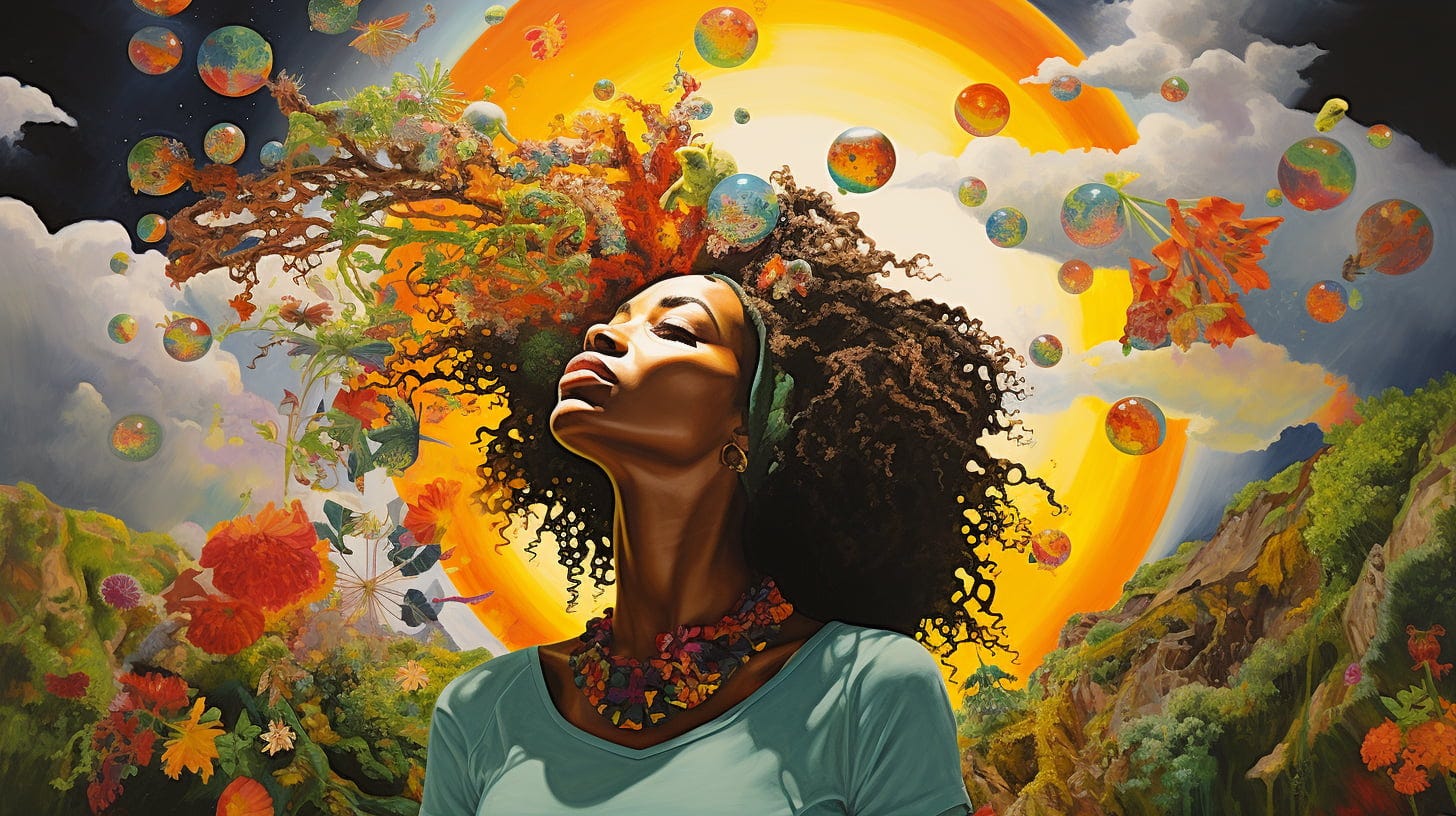3. The Age of Abundance
By 2040, Earth was not what it once was. Climate change had carved its indelible signature into the fabric of the planet. Temperatures soared, turning once fertile lands into barren wastes, and storms, fiercer and more unpredictable than ever, razed what little remained.
But this environmental disarray was but the surface of a deeper affliction. Society was fractured. Scarcity and competition had become humanity’s twin compasses, as nations vied for what dwindling resources the Earth still reluctantly yielded.
At the heart of it all was energy. The powerful conglomerates who controlled it, ruled, deciding the fate of billions. Many believed the tales of scientists pursuing the myth of zero point energy, but most were dismissed as mere conspiracy. Too many brilliant minds had mysteriously vanished after voicing their theories on this seemingly unattainable dream.
Hidden away in the small African nation of Lusoto, a coterie of scientists, mostly women, worked in clandestine. In this unsuspecting haven, they were free from the prying eyes of those who sought to maintain the status quo. Their mission? To crack the code of zero point energy.
Dr. Amina Kibo, a physicist, was the fulcrum of this team. With her colleagues - physicists, engineers, mathematicians and chemists - she toiled day and night. Every setback was met with resilience, every discovery with tempered optimism.
Then, in the pale light of a Lusoto dawn, it happened. A device, no larger than a breadbox, pulsated with energy. The room was electrified, not just by the apparatus, but by the realization of what they had achieved.
News had to be shared. But they knew the dangers of conventional channels. Instead, they turned to the distributed breadth of the Internet, releasing every detail, every blueprint. Within hours, the information had spread, a wildfire that no authority could contain. Those in power scrambled, tried to debunk, to intimidate, but it was too late. Grassroots movements began replicating the technology. Communities, from sprawling metropolises to remote hamlets, began harnessing energy from the very fabric of existence.
But an unexpected metamorphosis occurred. As energy became limitless, humanity's insatiable hunger waned. Where once scarcity dictated action, now abundance bred introspection. The ceaseless drive for 'more' faded, replaced by a deeper understanding of 'enough'.
Industrial behemoths crumbled, not out of destruction, but redundancy. The air grew cleaner, the seas less acidic. Developing nations, no longer shackled by energy poverty, flourished.
And nature, resilient as ever, began to heal. Forests reclaimed lands, species thought lost emerged from the shadows, and the atmosphere slowly cleansed itself.
Lusoto, the quiet birthplace of this renaissance, thrived as a beacon of knowledge and hope. Dr. Kibo and her team were heralded not as disruptors, but saviors. They had unveiled the secret not just of energy, but of humanity’s potential when unburdened from the chains of greed and artificial scarcity.
By 2050, the Earth sang a different tune. A song of unity, restoration, and hope. All emanating from a point, a zero point, where everything had changed.
Humanitas et Machina: This series of fictional short stories aims to bring visions of hope in the face of humanity’s biggest challenges while also exploring the risks and potential of a future with AI. All stories are co-creations between man and machine. All images are AI generated. Find out more about the project.
The creation of this story was challenging as climate change has so many far reaching and broad consequences that the initial versions of the story were too diluted. Similarly, like some other stories in this series, the solution proposed was simply that “art” made humanity see the error of it’s ways. I wasn’t satisfied with this and spent a lot of time in the editing process trying to prompt it to think more deeply. In the end I provided a lot of direction on the focus of the story and proposed solution. I suggested zero point energy as something that is on the border of fiction and possibility, encouraging a leap of imagination to a different future.
During the process, the characters and locations changed many times but I specified a female lead character from the start and was ultimately pleased to have the story set in the fictional African state of Lusoto, which the AI informed me was intended to help people imagine possibilities without any bias or attachment to the politics and culture of any real places.
The image was created from a prompt for a female african scientist and zero point energy. Most of the images generated seemed to either push too far into science fiction or stereotypes of african tribes, whereas I wanted something that was modern, forward thinking and balancing reality with imagination. The final image put a big smile on my face and felt aligned with the story.




